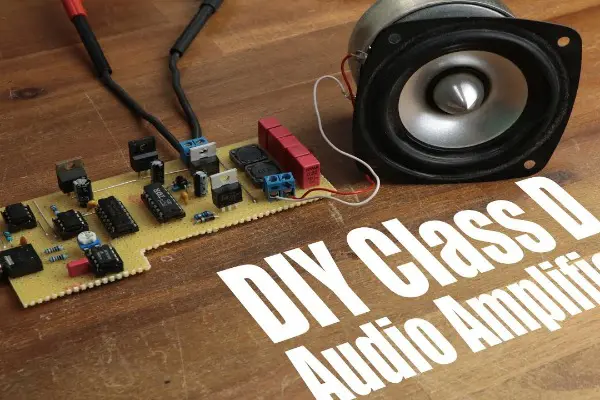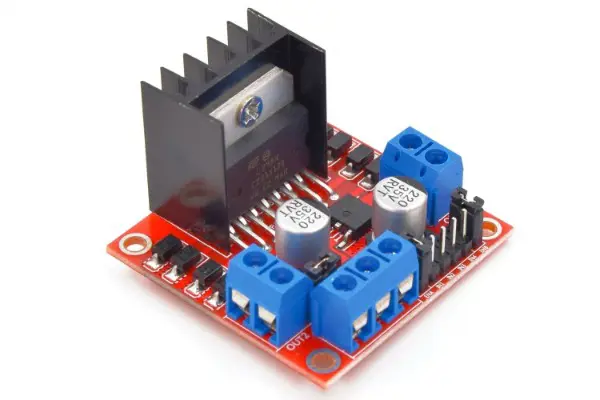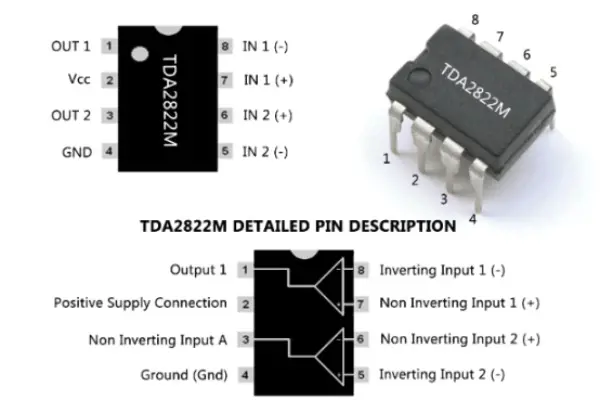LM380 vs LM386: What are Differences and How to Choose
 Published: Aug 09, 2023
Published: Aug 09, 2023
Contents
The LM380 and LM386 are two popular audio amplifier integrated circuits that have earned their place in the world of electronics due to their compact size and audio amplification capabilities. While both ICs are designed to amplify audio signals, they differ in terms of features, performance, and applications.
Understanding the differences between the LM380 and LM386 is crucial for making informed decisions when selecting the right amplifier for your project. In this article, we will explore the distinctions between the LM380 and LM386 audio amplifier ICs, helping you navigate their unique characteristics and choose the most suitable option for your audio amplification needs.
Part 1. What are Audio Amplifier Integrated Circuits
Audio amplifier integrated circuits (ICs) are electronic devices designed to amplify low-power audio signals from sources like microphones, musical instruments, or audio players. These ICs provide the necessary gain and power to drive speakers, headphones, or other audio output devices. They are commonly used in a wide range of applications to enhance the volume and quality of audio signals.
Audio amplifier ICs come in various configurations and power levels to accommodate different audio system requirements. They can be used in devices such as audio receivers, portable speakers, headphones, intercom systems, radios, musical instruments, and more. These ICs simplify circuit design by integrating amplifier circuitry into a single package, reducing the need for external components and simplifying the overall design process.
Part 2. What is LM380
The LM380 is a type of integrated circuit (IC) or chip that functions as an audio amplifier. It is designed to amplify low-power audio signals to a level suitable for driving speakers or headphones. The LM380 is commonly used in various audio applications, such as portable radios, intercom systems, small public address (PA) systems, and other electronics where audio amplification is needed.
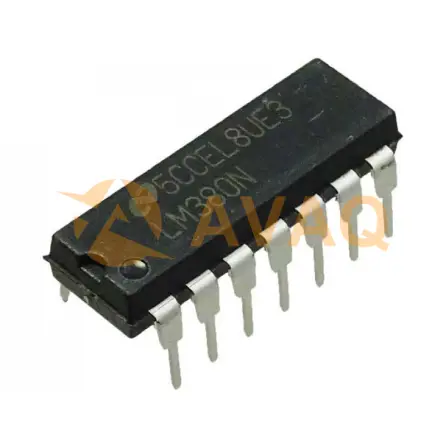
#1. LM380 Pinout
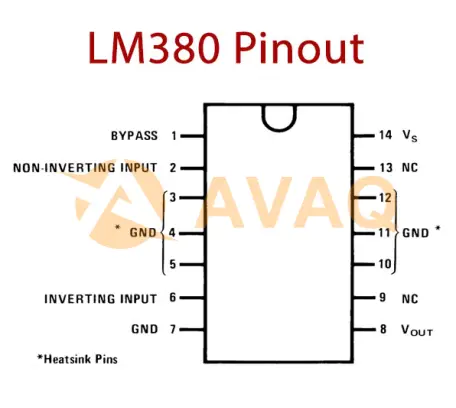
LM380 Pinout Description:
- Pin 1 (BP): Bypass Pin - Used for connecting a bypass capacitor to improve high-frequency response and stability.
- Pin 2 (IN+): In-Phase Input - Positive input terminal for the audio signal.
- Pin 3 (GND): Ground Pin - Reference ground for the IC.
- Pin 4 (GND): Ground Pin - Reference ground for the IC.
- Pin 5 (GND): Ground Pin - Reference ground for the IC.
- Pin 6 (IN-): Inverted Input - Negative input terminal for the audio signal.
- Pin 7 (GND): Ground Pin - Reference ground for the IC.
- Pin 8 (OUT): Output Pin - Amplified audio output, connected to the load (speaker or headphones).
- Pin 9 (NC): Normally Closed - Not connected in typical applications.
- Pin 10 (GND): Ground Pin - Reference ground for the IC.
- Pin 11 (GND): Ground Pin - Reference ground for the IC.
- Pin 12 (GND): Ground Pin - Reference ground for the IC.
- Pin 13 (NC): Normally Closed - Not connected in typical applications.
- Pin 14 (+VCC): Positive Supply Voltage Pin - Connect to the positive terminal of the power supply.
#2. LM380 Features
- Single supply voltage
- Higher output power
- Internal fixed gain setting
- Suitable for a wide range of applications
- Low harmonic distortion
- Internal compensation circuitry
- Thermal and short-circuit protection available on some versions
- Easy-to-use DIP package
#3. LM380 Application
The LM380 is suitable for many low power audio amplification applications, especially where medium to high output power is required.
- Small intercom system
- Small Public Address System
- Portable Radio
- Amplifier
- Electronic Doorbell
- Voice Alarm System
- Interactive Toys
- Car Audio System
#4. LM380 Datasheet
Learn and Download LM380 datasheet here>>
Part 3. What is LM386
The LM386 IC is a widely used audio amplifier integrated circuit (IC) that is designed to amplify low-power audio signals. It's a popular choice for various audio applications due to its simplicity, ease of use, and relatively low component count. The LM386 is commonly used in projects where amplifying audio signals from sources like microphones, radios, or other audio devices is necessary.
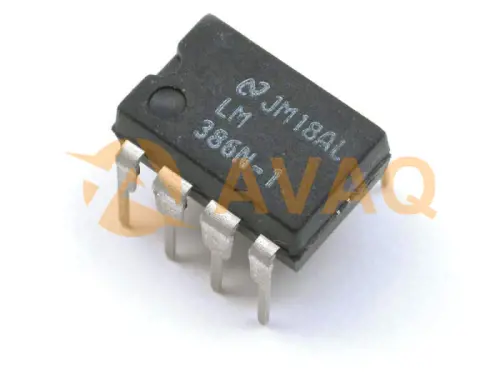
#1. LM386 Pinout
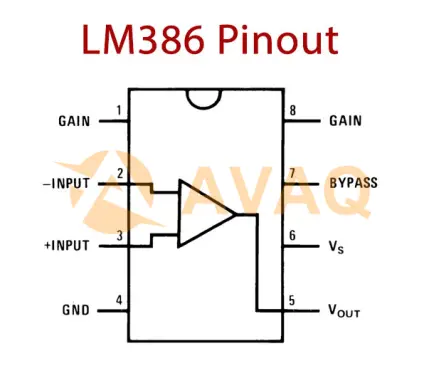
LM386 Pinout Description:
- Pin 1 (GAIN): Gain Control Pin - Used to set the gain of the IC by connecting a capacitor to adjust the amplification level.
- Pin 2 (IN-): Inverting Input - The Inverting Pin of the amplifier is normally grounded. Connect the negative terminal of the audio input source here.
- Pin 3 (IN+): Non-Inverting Input - The Non-Inverting pin is provided with the audio signal. Connect the positive terminal of the audio input source here.
- Pin 4 (GND): Ground Pin - Connected to the ground of the system.
- Pin 5 (Vout): Amplified Audio Output Pin - Provides the amplified audio output, connected to the speaker or headphones.
- Pin 6 (Vss/Vcc): Power Pin - Connected to the power supply. Typically, connected to the positive supply voltage (Vcc) for proper operation.
- Pin 7 (Bypass): Bypass Pin - Used for connecting a decoupling or bypass capacitor to improve stability and filter high-frequency noise.
#2. LM386 Features
- Low noise and low distortion circuit design
- Small size (8-pin DIP package)
- Only 24mW at 6V static supply
- Current consumption of only 4mA in standby mode
- Wide supply voltage range from 4V to 18V
- Requires few external components
- Minimum to maximum voltage gain from 20 to 200
- Also available in VSSOP and SOIC packages
- The LM386N-4 has a maximum output of 1000mW and a supply voltage of 16V.
#3. LM386 Application
The LM386 is a popular low-power audio amplifier IC for a wide range of portable and low-power applications requiring small to medium power audio amplification.
- Portable audio devices (e.g. MP3 players, portable music players)
- Electronic games and toys
- Small wireless speaker systems
- DIY audio projects and experiments
- Interactive installations and artwork
- Low-power audio applications
- Analog sound synthesizers
#4. LM386 Datasheet
Learn and Download LM386 datasheet here>>
Part 4. The Differences Between LM380 and LM386
Here are the differences between LM380 and LM386:
|
Parameter |
LM380 |
LM386 |
|
Supply Voltage |
10V to 22V |
4V to 12V |
|
Output Power |
Up to 2.5W |
Up to 1W |
|
Gain Control |
Internal gain settings |
External gain control |
|
Voltage Gain Range |
34 dB to 46 dB |
20 dB to 200 dB |
|
Input Impedance |
150 kΩ |
50 kΩ |
|
Output Impedance |
4 Ω |
8 Ω |
|
THD (Total Harmonic |
0.2% |
0.2% |
|
Distortion) |
|
|
|
Operating Temperature |
0°C to 70°C |
0°C to 70°C |
|
Package Type |
DIP (Dual In-Line Package) |
DIP (Dual In-Line Package) |
|
Supply Current |
7.5 mA typical |
10 mA typical |
|
External Components |
Requires a few external |
Requires a few external |
|
|
components for operation |
components for operation |
|
Application Examples |
Intercoms, small PA systems, |
Portable audio devices, |
|
|
radios |
hobby projects |
Part 5. How to Choose Between LM380 VS LM386
Choosing between the LM380 and LM386 audio amplifier ICs depends on the specific requirements of your project or application. Here are some factors to consider when making your decision:
💎Output Power Requirement:
- If you need higher output power for driving larger speakers or covering larger areas, the LM380 might be more suitable due to its higher output power capability.
- If your application requires moderate output power for smaller speakers or headphones, the LM386 could be a better choice.
💎Supply Voltage:
Consider the available power supply voltage in your application. If you have a lower supply voltage (4V to 12V), the LM386 is designed for this range. If you have a higher supply voltage (10V to 22V), the LM380 could be a better fit.
💎Gain Control:
- If you prefer to control the gain internally through the IC itself, the LM380 offers internal gain settings.
- If you want to adjust gain externally using additional components, the LM386 provides external gain control.
💎Application Complexity:
- If you're looking for a simpler design with fewer external components, the LM386's straightforward external component requirements might be more suitable.
- If you're comfortable working with additional components and need more control over the gain, the LM380's internal gain settings could be advantageous.
💎Application Type:
- If your application involves projects like intercom systems, small public address systems, or radios, where higher output power might be needed, the LM380 could be a better match.
- For portable audio devices, hobby projects, and scenarios where moderate output power is sufficient, the LM386 could be a good choice.
💎Budget and Availability:
Check the pricing and availability of both ICs. Sometimes, one IC might be more cost-effective or readily available than the other, influencing your decision.
💎Performance Requirements:
Consider factors such as distortion levels and input/output impedance to ensure that the chosen IC meets your performance requirements.
💎Size and Space Constraints:
The physical size of the IC package might be a consideration if you have size constraints in your design. Both the LM380 and LM386 typically come in DIP packages, but verify the specific dimensions.
Further Reading: 5 Best Audio Amplifier IC in the Market 2023
Conclusion
In conclusion, the choice between the LM380 and LM386 audio amplifier ICs boils down to your specific audio amplification requirements and project constraints. The LM380 offers higher output power and lower total harmonic distortion (THD), making it suitable for applications demanding higher audio quality and power levels. On the other hand, the LM386 is renowned for its simplicity, low power consumption, and ease of use, making it a go-to choice for battery-powered devices and smaller audio applications.
When selecting between the LM380 and LM386, carefully consider factors such as desired output power, available power supply, distortion levels, and board space. Stay updated with the latest advancements in audio amplifier technology, explore datasheets, and experiment with various setups to determine the best-fit amplifier for your project.
 FAQ
FAQ
- How do I choose between LM380 and LM386 for my project?
- Consider the power requirements, desired amplification, voltage availability, and available PCB space. LM380 is suitable for higher-power applications, while LM386 is commonly used in low-power and battery-operated devices.
- Can I use LM380 or LM386 in battery-powered devices?
- Yes, both LM380 and LM386 can be used in battery-powered devices. However, LM386's lower power consumption might be advantageous for such applications.
- Which one is better for low-power applications?
- LM386 is often preferred for low-power applications due to its lower power consumption and integrated gain control, making it suitable for smaller speakers and portable devices.
- Can I use LM380 and LM386 interchangeably?
- Depending on the application requirements, you might be able to replace one with the other. However, differences in power output, voltage requirements, and pin configurations could affect the performance. Always refer to datasheets and consult design guidelines before making substitutions.
LM386MX-1/NOPB In Stock: 4341 $0.286
 Popular Industry Focus
Popular Industry Focus
Hot Products
-
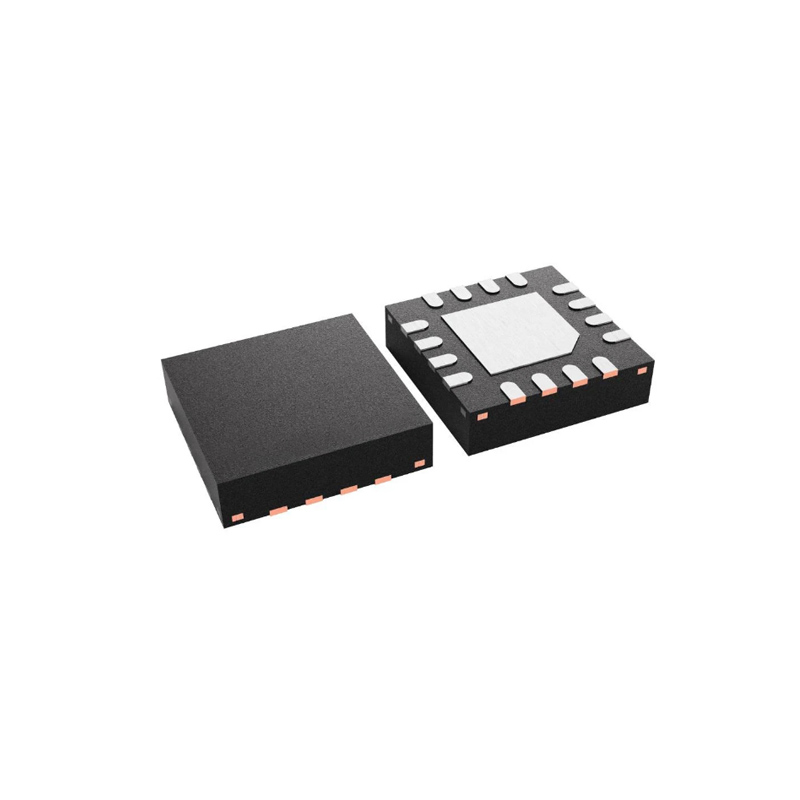
FDC2114RGHT
Texas Instruments, Inc
4-Ch, 12-bit, capacitance to digital converter
-
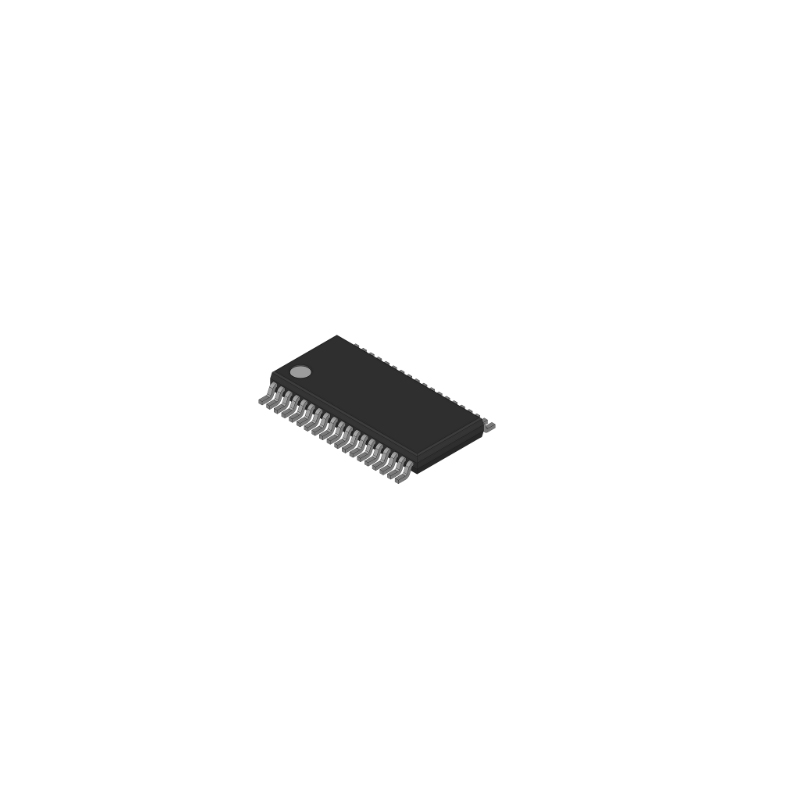
TAS5086DBT
Texas Instruments, Inc
Audio DSPs 6 Ch Digital Audio PWM Processor
-
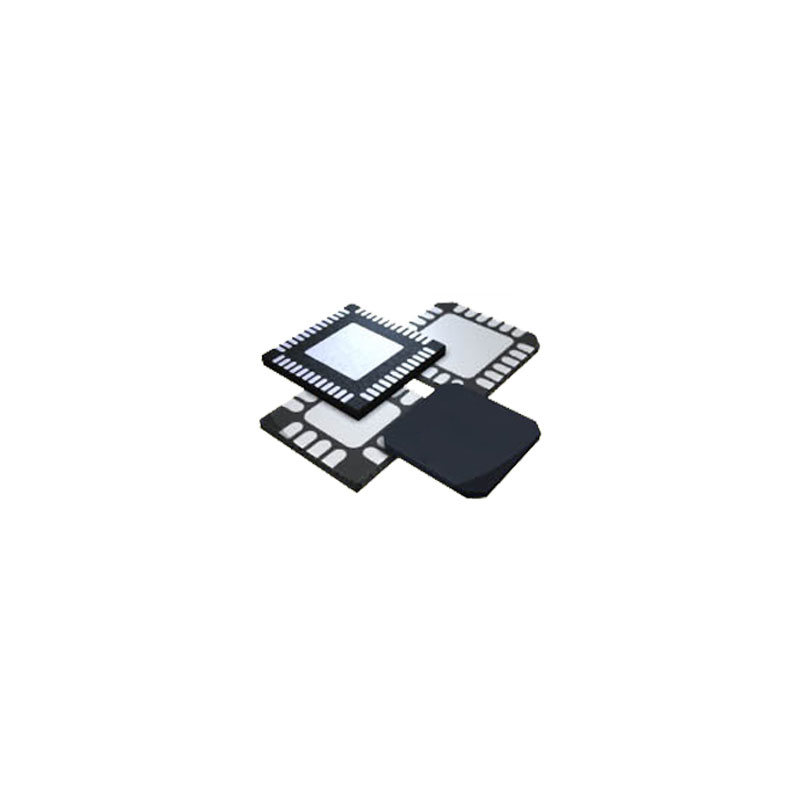
DAC5682ZIRGCT
Texas Instruments, Inc
Dual-Channel, 16-Bit, 1.0-GSPS, 1x-4x Interpolating Digital-to-Analog Converter (DAC)
-
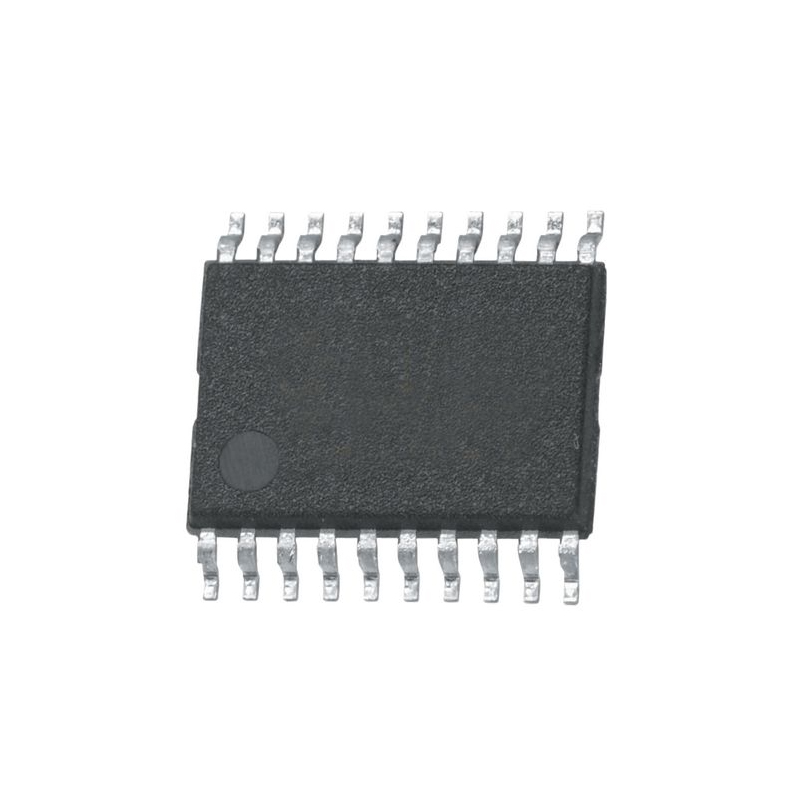
BQ7790522PWR
Texas Instruments, Inc
3- to 5-series li-ion and li-phosphate ultra-low-power stackable battery protector
-
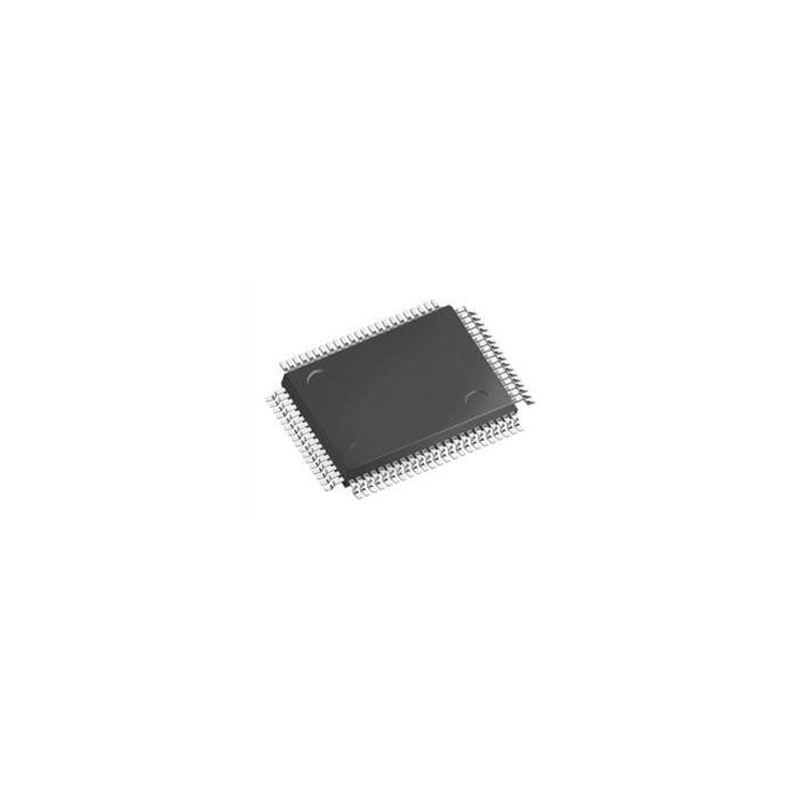
TSB41BA3AIPFP
Texas Instruments, Inc
1394 Interface IC Three-Port Cable Xcvr/Arbiter
-
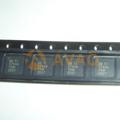
PCM3793ARHBT
Texas Instruments, Inc
Very Low-Power Stereo CODEC with HP/Class-D Speaker Amplifier, notch filters, ALC and 3D Effects 32-VQFN -40 to 85
Related Parts
-

TAS5086DBT
Texas Instruments, Inc
Audio DSPs 6 Ch Digital Audio PWM Processor
-
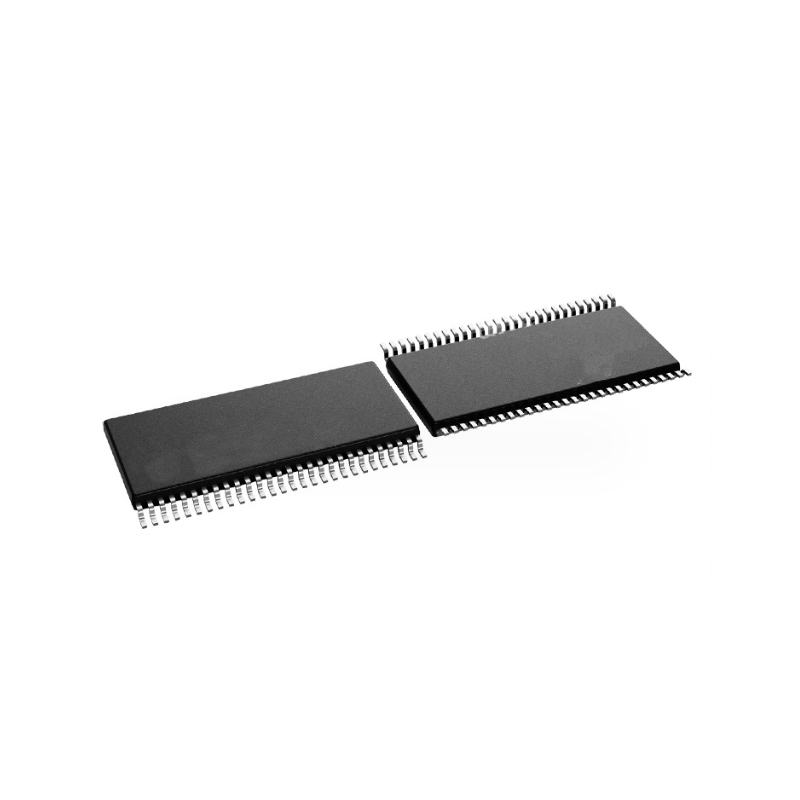
TAS5548DCA
Texas Instruments, Inc
Audio Processor Bass/Treble 0MHz to 400MHz 5-IN 1-OUT 56-Pin HTSSOP EP
-
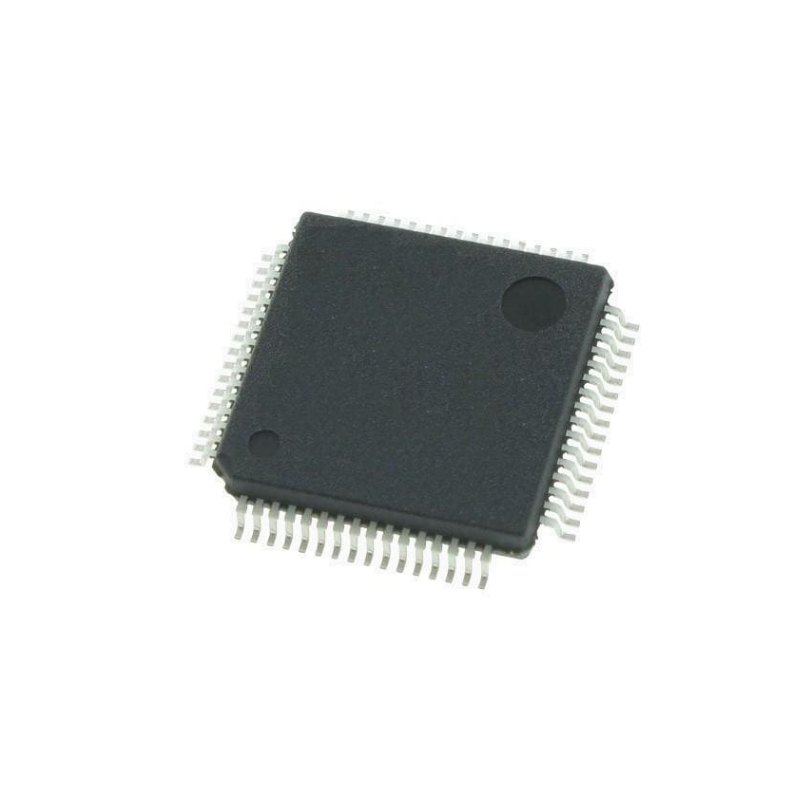
TDA7541BW
STMicroelectronics, Inc
Audio Amplifiers AM/FM car radio Tuner IC Decoder
-
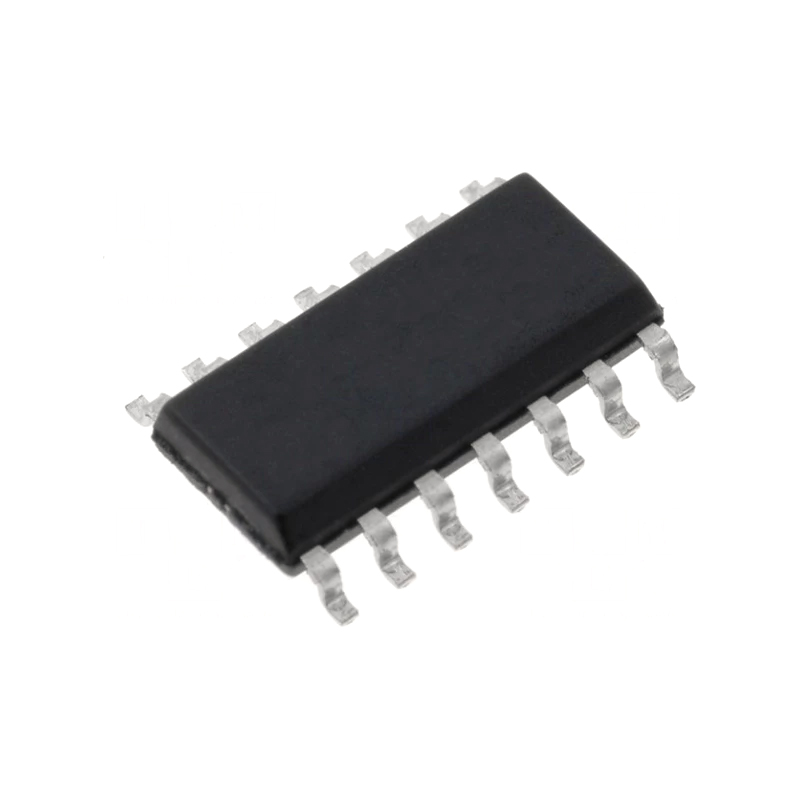
1286S14-U
THAT Corporation
Audio Amplifiers Dual Bal. Line Receiver -6 db
-

STA333SML
STMicroelectronics, Inc
Audio Amplifiers ANALOG
-
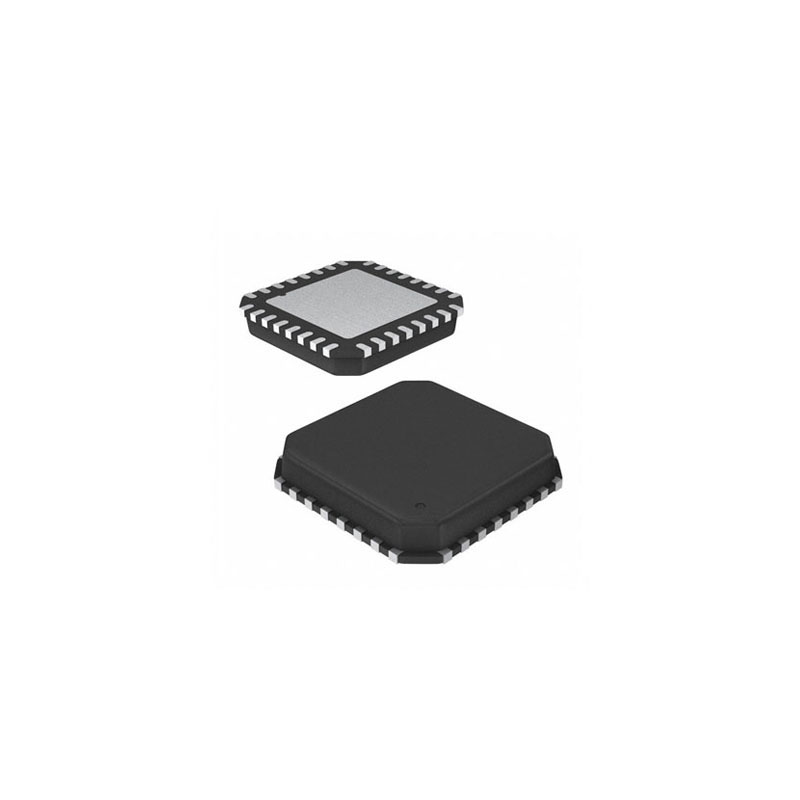
BM28723AMUV-E2
ROHM Semiconductor
Audio Amplifiers 17W+17W Class D Sprk Amp w/DSP
-
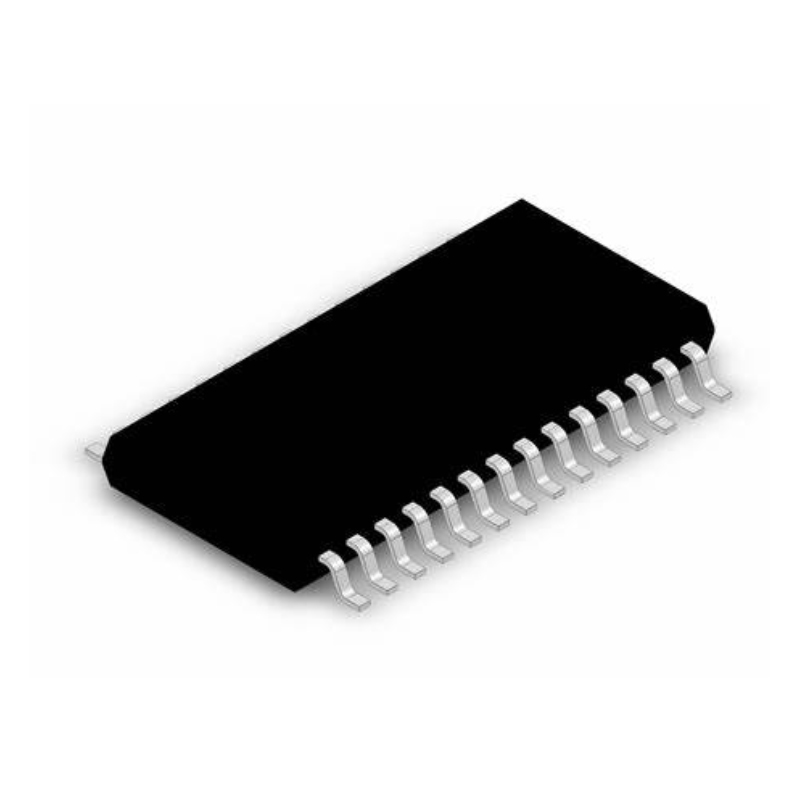
CS8406-IZ
Cirrus Logic, Inc
Audio Audio Transmitter 1 Channel 28-TSSOP
-
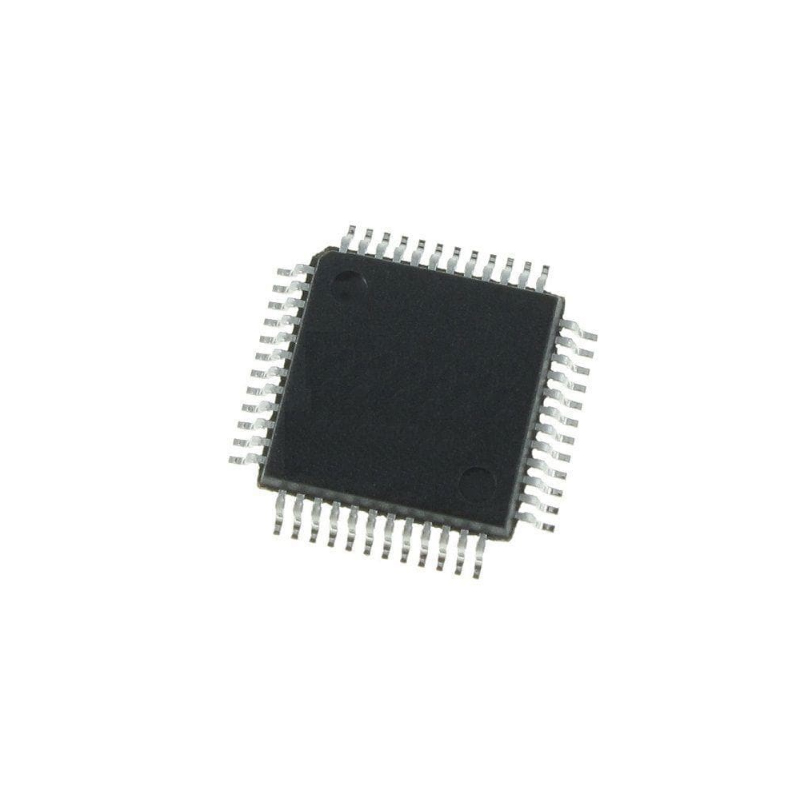
TAS5711PHP
Texas Instruments, Inc
20-W stereo, 8- to 26-V, digital input, open loop Class-D audio amplifier w/ EQ, DRC, 2.1 support
-
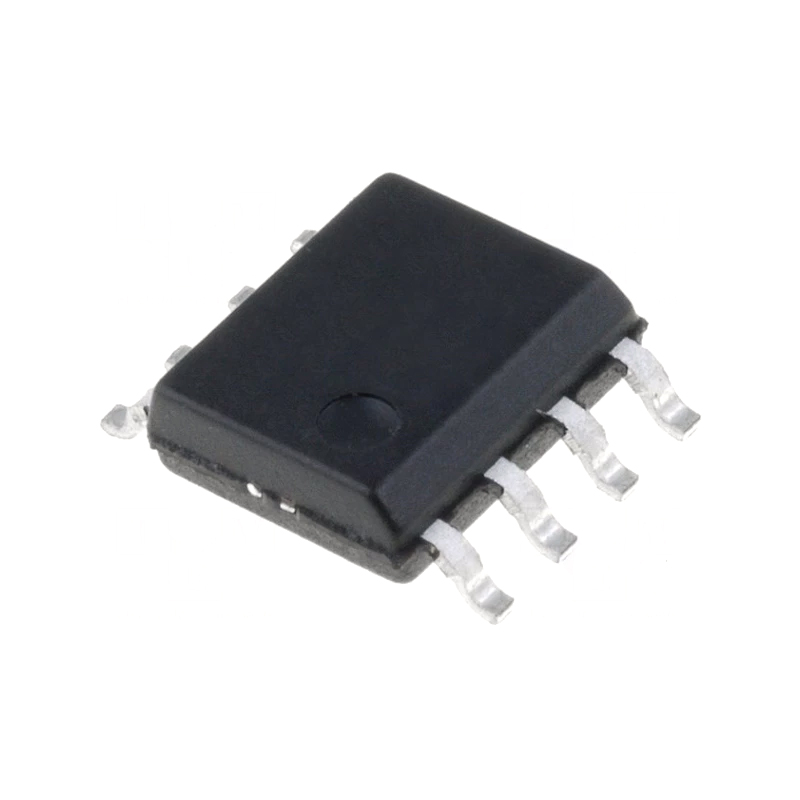
TPA311D
Texas Instruments, Inc
Amplifier IC 1-Channel (Mono) Class AB 8-SOIC
-
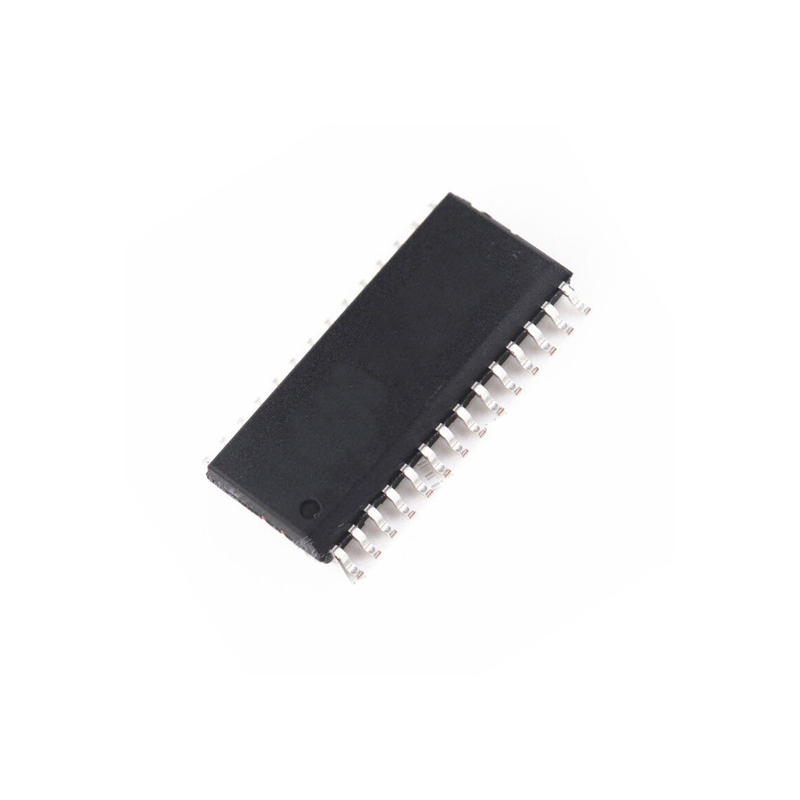
STA120D13TR
STMicroelectronics, Inc
Audio Transmitters, Receivers, Transceivers DIGITAL AUDIO INTERFACE RECEIVER SO 28 .30 TO JEDEC MS-013AE
-

TWL1103TPBSQ1
Texas Instruments, Inc
Audio Audio Signal Processor 1 Channel 32-TQFP (5x5)
-

E-TDA7476
STMicroelectronics, Inc
Audio DSPs CAR RADIO DIAGNOSTIC
-
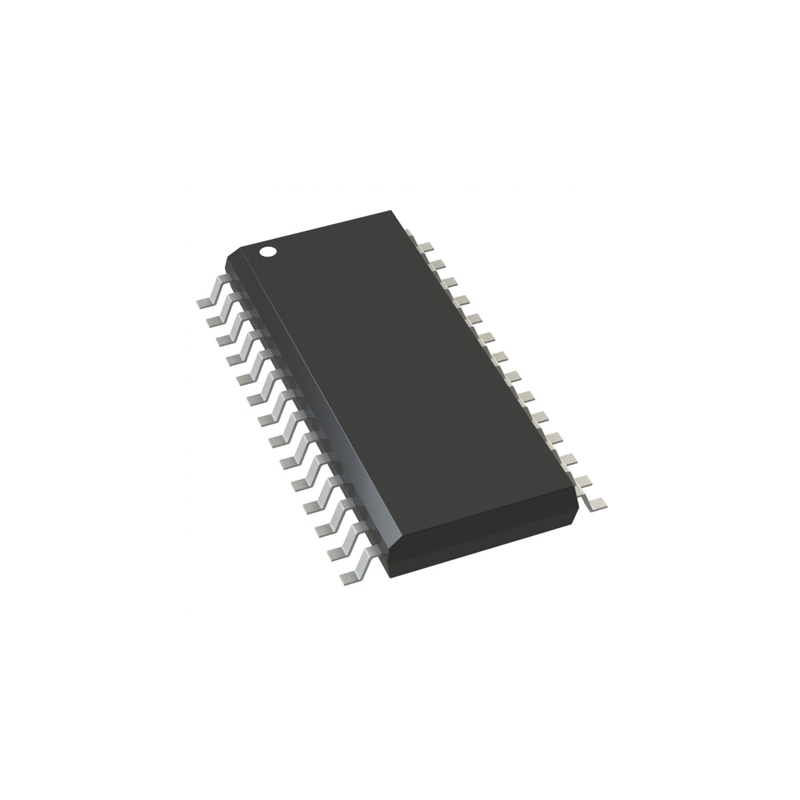
DF1704E/2KG4
Texas Instruments, Inc
Audio D/A Converter ICs 8X Oversampling Filter
-

STA32613TR
STMicroelectronics, Inc
Audio Fully Integrated Processor 2 Channel PowerSO-36 EPU
-

TAS5086DBTG4
Texas Instruments, Inc
Audio DSPs 6 Ch Digital Audio PWM Processor

 Update Time: Aug 11, 2023 Consumer Electronics
Update Time: Aug 11, 2023 Consumer Electronics![[Guide] What is LM380 Audio Power Amplifier 2023](/files/uploads/technology/b/20230807182335lm380.webp)
